7 days tour from 450$
Day 1. Tbilisi-Mtskheta
Arrival in Tbilisi. Placement at the hotel and rest. After free time departure to Mtskheta. Mskheta due to its historical significance and several cultural monuments, the “Historical Monuments of Mtskheta” become a UNESCO World Heritage site in 1994. As the birthplace and one of the most vibrant centers of Christianity in Georgia, Mtskheta declared as the “Holy City” by the Georgian Orthodox Church in 2014.
Svetitskhoveli- Cathedral- the first church built in the 4th century. Afterwards, during the centuries it became the largest and the most impressive church of Georgia. Christ’s mantle buried here, which brought here from Jerusalem. The church is on the UNESCO world heritage site.
Holy Cross Monastery- Jvari Monasytery – is a Georgian orthodox monastery of the 4th century. Jvari Monastery stands on the rocky mountaintop at the confluence of the Mtkvari and Aragvi rivers, overlooking the town of Mtskheta, which was formerly the capital of the Kingdom of Iberia. There are picturesque views of Tbilisi and Mtskheta from monastery territory. Nowadays Jvari Monastery is an active church and monks live there. Listed as a World Heritage site by UNESCO.
Also we will visit Samtavro Monastery. Samtavro Transfiguration Orthodox Church built in the 1030-1040s in the town Mtskheta. The preserved mural paintings in the altar conch and in the dome dated to the 17-the century. The archeological excavations revealed the remains of a large church that had stood here before the 11th century. Dinner in Mtskheta restaurant and return to Tbilisi.
Tbilisi is an ancient capital and the largest city of Georgia, sunny and beautiful. Nowadays Tbilisi is the main industrial, cultural and social center of Georgia. Image of old Tbilisi is like no other city in the World. Tbilisi possesses a special atmosphere. They're always active life: Bars, pubs, nightclubs, live music, wine bars, billiard halls, casinos and music till the morning. We will see both modern and old cities. So there you can see: As Orthodox churches also the temples and mosques, Ancient and modern buildings, Historical places, Waterfalls, Sulfur's ancient baths which are Waterfalls, Sulfur's ancient baths which are known as its mineral waters. This is the reason why the city name is Tbilisi.
Day 2. Tbilisi-Bodbe-Sighnaghi-Tbilisi
On the second day after breakfast in the hotel we will drive to the east of Georgia Kakheti. Georgians are famous for their viticulture, feasts (supra), hospitality, picturesque environment, and many other things. Thankfully, the historical province of Kakheti is the best place to go in Georgia to discover these things. Kakheti is a true wine region and it is the place for meat and wine lovers or anyone who loves tasteful food.
The first place is Bodbe Monasteri. On the June 1, Orthodox Church of Georgia marks the day of St. Nino’s entrance from Cappadocia. Her tomb is still at the Bodbe Monastery.St. Nino is an important saint for Georgian, she had made Georgian people, Christian and nowadays a Grapevine cross is a symbol of Georgian Christianity. The monastery functions now as a nunnery and is one of the major pilgrim sites of Georgia, due to its association with St. Nino. the 4th century female evangelist of Georgians whose relics are shrine there. From Bodbe monastery drive to Sighnaghi.
Sighnaghi- is a small town of Kakheti “the city of love”. It's built in the second half of the 18th century, during the reigning period of king Irakli II. Buildings are constructed in a southern Italian classicism mixed with Georgian elements. There we will see the walls of sighnaghi fortress. Sighnaghi fortress-fence (8th century)is the first largest in the Europe (after the Chinese wall) overlooking Alazani velly. 4 600 meters long stretch separates Sighnaghi in two parts old and new Sighnaghi!
We will visit wine cellars and taste wine (to understand why is Georgian wine the best) and dinner at Sighnaghi restaurant. Also there we will see the Museum. There are Niko Firosmani’s paintings (which is a famous painter in the World) After the very nice excursion return to Tbilisi.
Day 3. Tbilisi-Ananuri-Kazbegi-Tbilisi
Breakfast at the hotel and departure to Kazbegi. Kazbegi is a village in the North Georgia and most popular among hikers. It's surrounded by beautiful mountains. There is a unique view from Kazbegi (5047m) and from Kazbegi Gergeti’s trinity erected on the mountain, which located opposite to Kazbegi. Kazbegi is the gateway to the world of mountains and associated with the grandeur of mountain landscapes
On the way to Kazbegi we will see the Jinvali reservoir, Ananuri Castle and Fortress complex. This complex built during XV-XVIII centuries and its unique because of its architecture and history.There are monuments of cult, military and secular things. After Ananuri we will arrive to piece monument of Gudauri. It's located in the mountains of the Caucasus. The filming built in piano style. and it depicts the image of the eviction of the Soviet Union. From there opens a beautiful view that attracts all visitors.Then we will go to Gergeti Trinity church which is the most symbolic place of Kazbegi. of 14th century - It built on the slope of Mt. Mkinvartsveri (top of the glacier), on the left bank of the river Tergi. It is the monument built on the highest spot in Europe. Gergeti is a domed church with a bell-tower. Departure to Tbilisi.
Day 4. Tbilisi-Gori-Uplistsikhe-Borjomi
Breakfast at the hotel and departure to Gori, where we will see Joseph Stalin Museum – The main corpus of the complex is a large palazzo in Stalinist Gothic style, built 1951 ostensibly as a local history museum, but clearly intended to become a memorial of Stalin, who died in 1953. The exhibition is chronologically divided into several rooms, which keeps a lot of exhibits that are actually or allegedly owned by Stalin, including furniture, personal items and gifts. From here drive to Uflistikhe. From here departure to Uflistsikhe cave .
Uplistsikhe caves are the most historical and cultural place in Georgia. “The city of the priests” where history begins in antiquity, is an ancient rock-hewn town in eastern Georgia. Built on a high rocky left bank of the Mtkvari River. You can not forget the impressions what gives you stone city. Uplistsikhe contains structures from Iron age and Middle ages. Is one of the oldest settlements of Georgia, is full of rock-cut structures, caves and tunnels. The Christian church from 10th century stands on the top of the summit. After Christianisation of Georgia the town has lost its importance. From here departs to Borjomi. Balneological resort because of the mineral water. Famous and well-known part of Georgia. Dinner at Borjomi restaurant and browse to Borjomi.
The Borjomi Central Park is a part of Borjomi-Kharagauli National Park. Borjomi has become a synonym for healthy, mineral water spa and the lush green nature of Georgia. The pure environment gives the mineral water the distinctive, sulfuric taste and preserved in the forests of Borjomi-Kharagauli National Park. Dinner at the Borjomi restaurant and placement at the hotel in Borjomi.
Day 5. Borjomi
Breakfast at the hotel. On this day we will see Green (Mtsvane) Monastery and Romanov Palace also known as Likani Palace.
The Chitakhevi St. George's Monastery located in a picturesque place in the Borjomi valley. People called it lovingly “The Green Monastery”, because all the trees in the valley are of a special green color. The stones, with which the church built , are also green. Scientists believe that the church built by Christopher and Theodore, the disciples of the famous Georgian figure, St. Gregory Khandzteli.
Also we will visit Borjomi local museum . The museum occupies the building initially designed as the chancellery of the Imperial House of Romanovs. Pseudo-gothic in style, the construction built in 1890 by the German architect-designer V. Shveyer. As a structural unit Borjomi Local History Museum has four departments that are as follows: archaeological, historical-ethnographical, applied art and local landscape and nature departments. The visitor will see: Unique samples of bronze weaponry and adornment (II-I Millennia BC), large numismatic collection. From there browse Gogia fortress (Georgia Sikh) This 12th century ruined fortress is about a 10-minute walk from the centre of the Borjomi Local Museum. There’s not much to see here, but it makes for a good landmark, especially if you’re trying to do the Borjomi Viewpoint Hike up to the Borjomi Town Panorama Viewpoint.
After we will browse Romanovs palace. Under the order of Nicholas Romanov, the palace built by the architect Leontin Born in 1892-1895. The residence, then became a tourist resort. During Soviet times, a lot of tourists from different countries visited the palace. It is interesting to note that Joseph Stalin had also rested here periodically. The palace houses some unique exhibits, including the table given to the Romanovs by Napoleon, the armchairs given by the Shah of Iran, a historical hand-made table carved by the Russian Emperor Peter I from walnut root. In fact, almost all things kept in the palace are rarities. In the central entrance arch there is a porcelain parrot, who starts moving upon opening the door, as if it is greeting the guest. This is due to the air current. Dinner at Borjomi restaurant and back to the hotel.
Day 6. Borjomi-Akhaltsikhe-Tbilisi
Breakfast at the hotel and departure to Akhaltsikhe . The impressive medieval city established in the 9th . There is an amazing Rabati Castle, standing on the small hill on the very shores of the Potskhovi River. There are Crossing the entire area, the walls of the citadel, the citadel castle,the hall of the gates, the mosque. Most of the surviving buildings date from the 17th and 18th centuries. Dinner at the Akhaltsikhe restaurant and departure to Tbilisi.
Day 7. Breakfast at the hotel and transfer to the Tbilisi Airport.
Inclusions
Hotel pick-up and drop off
Hotel B&B
Sightseeing tour program with (English or Russian ) guide
Entrance tickets to sights
Bottled water
Exclusions
Full board (lunches and dinners)
Drinks (alcohol)
Hotel charges for additional services
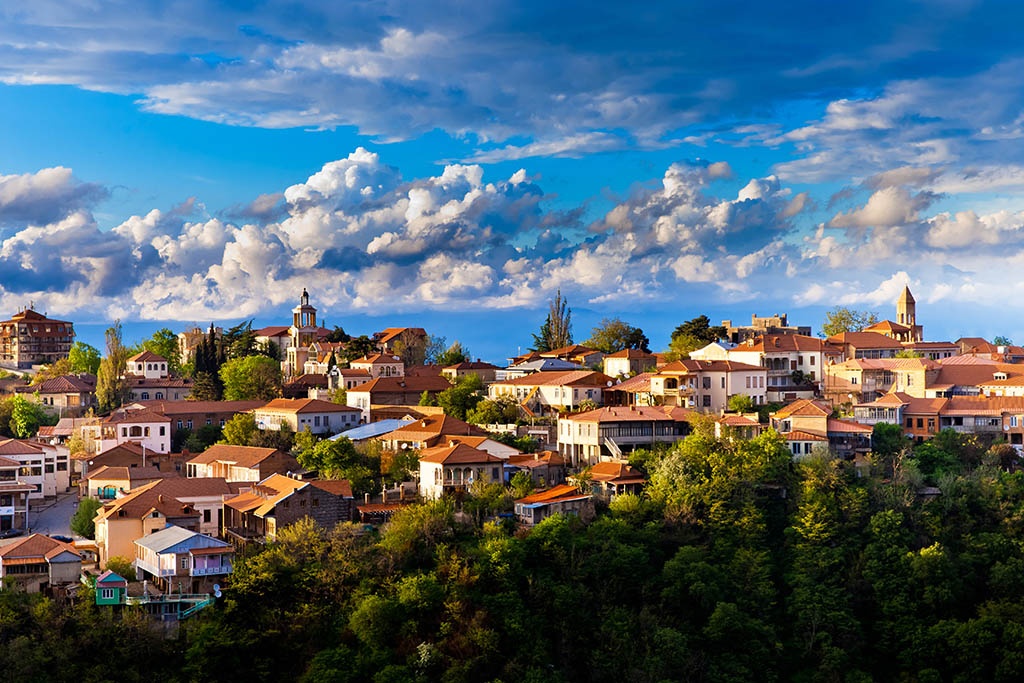
7-Days Tour
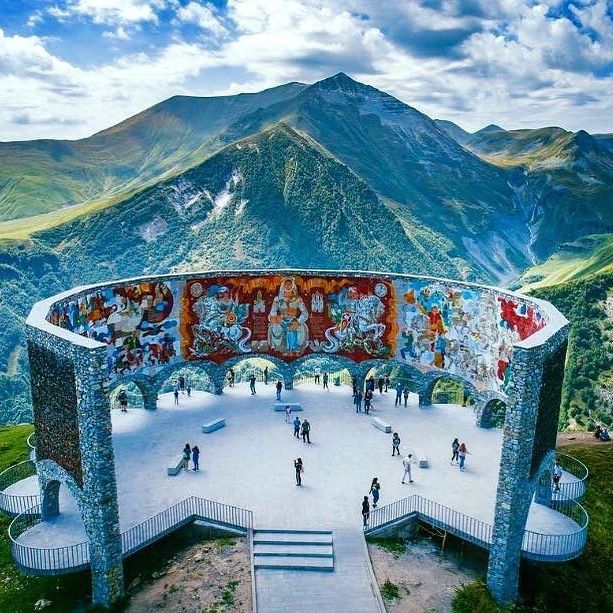
5 days tour from 300 $
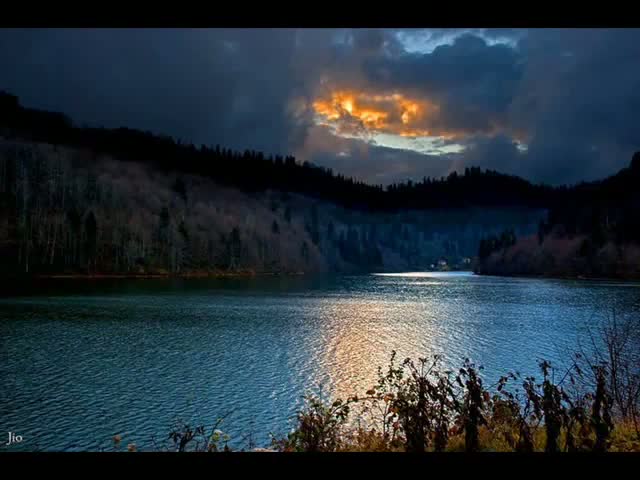
9 days tour from 1020 $
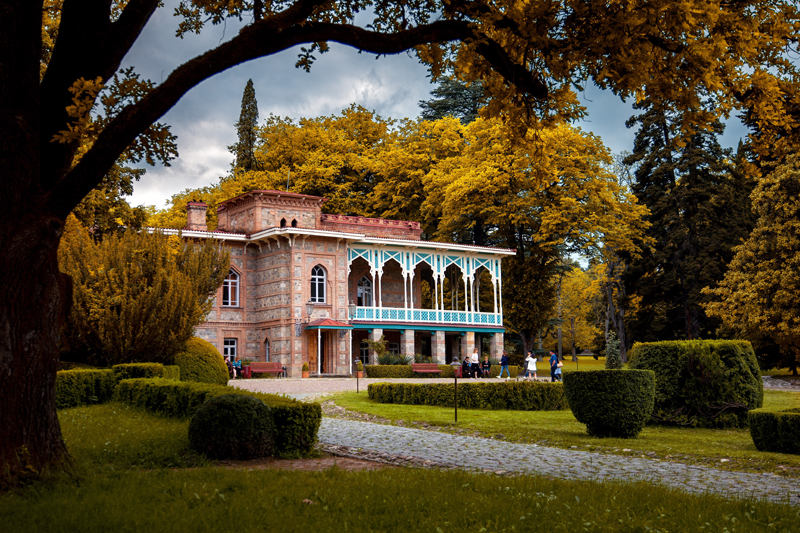
7 DAYS KAKHETI TOUR FROM 400$
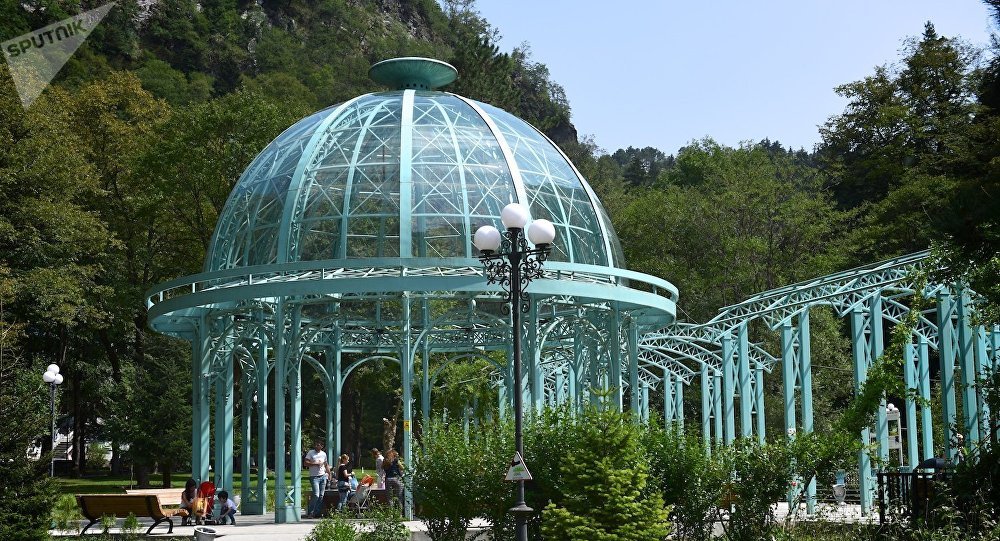
8 DAYS TOUR FROM 530 $
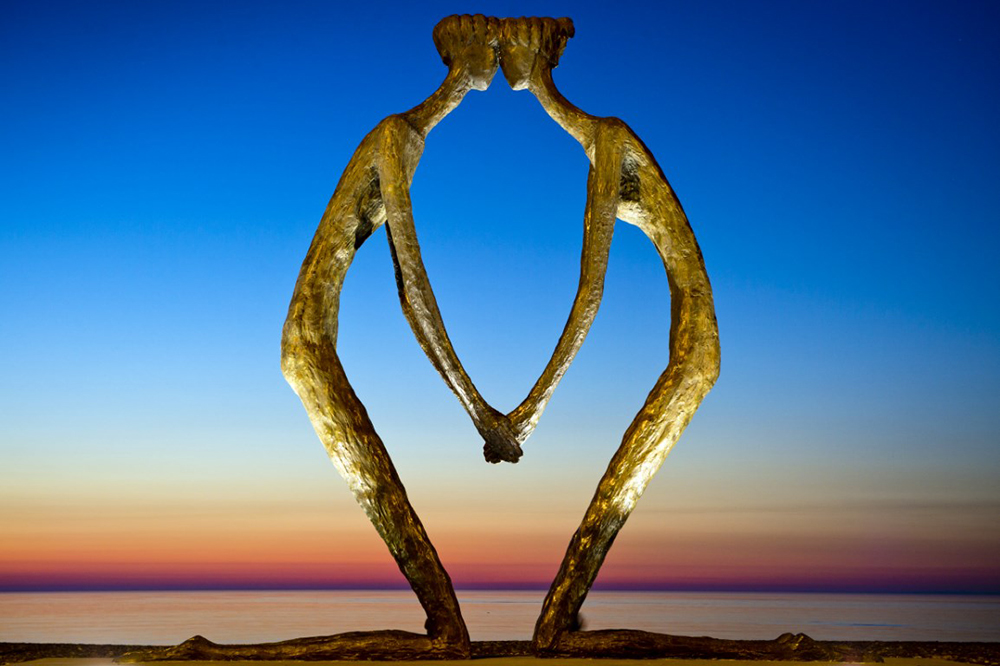
Relax in Batumi from 380 $
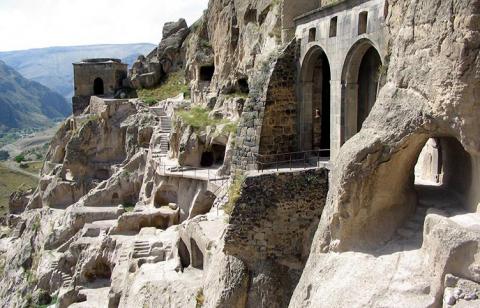
5 Day Georgia Tour from 295 $
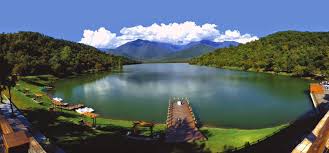
9 Day Tour in Georgia from 650 $
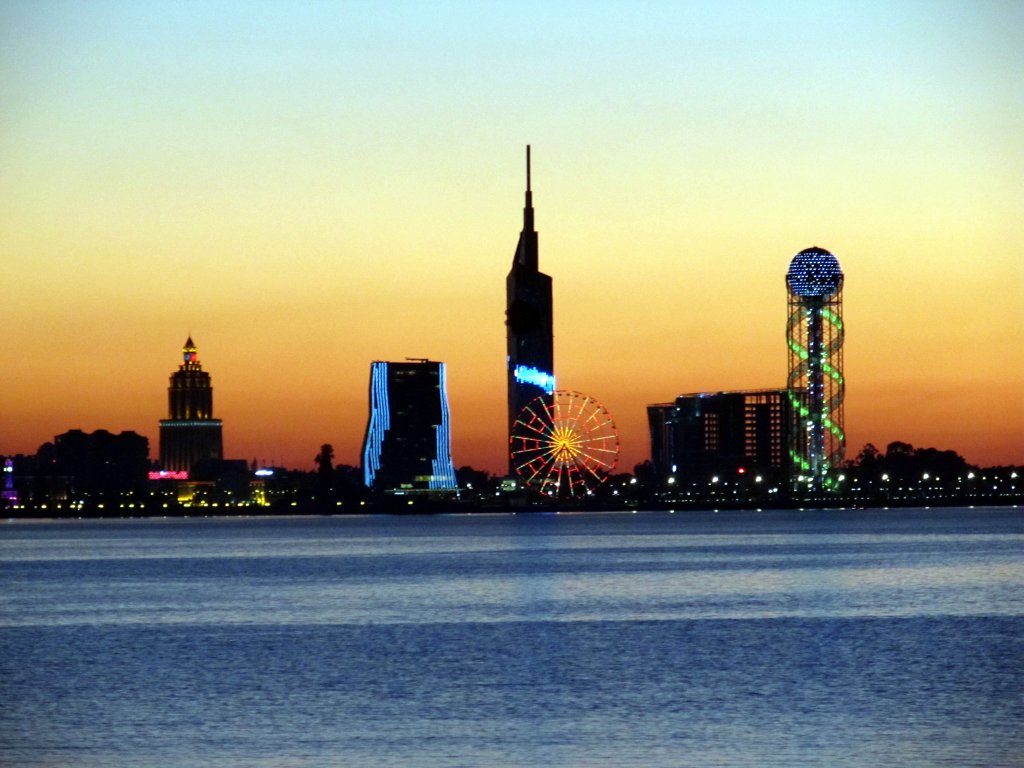
10-Days Tour in Georgia from Tbilisi
